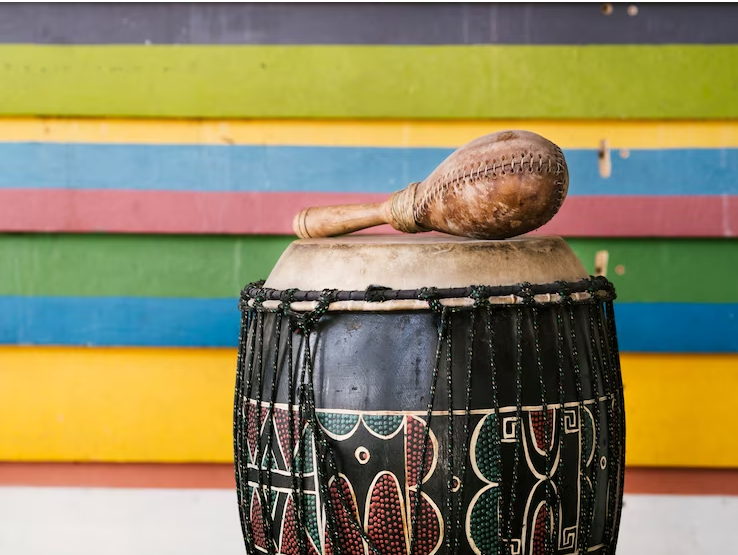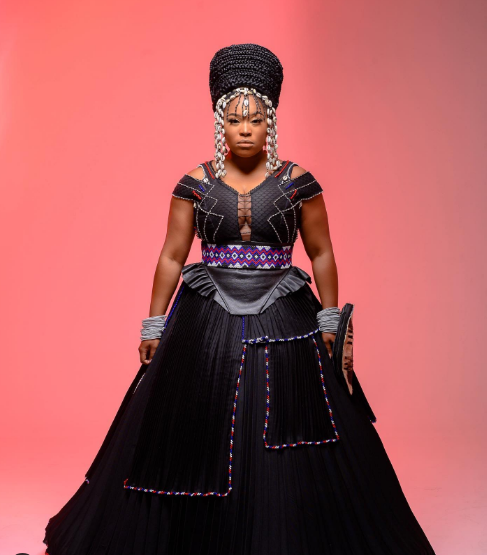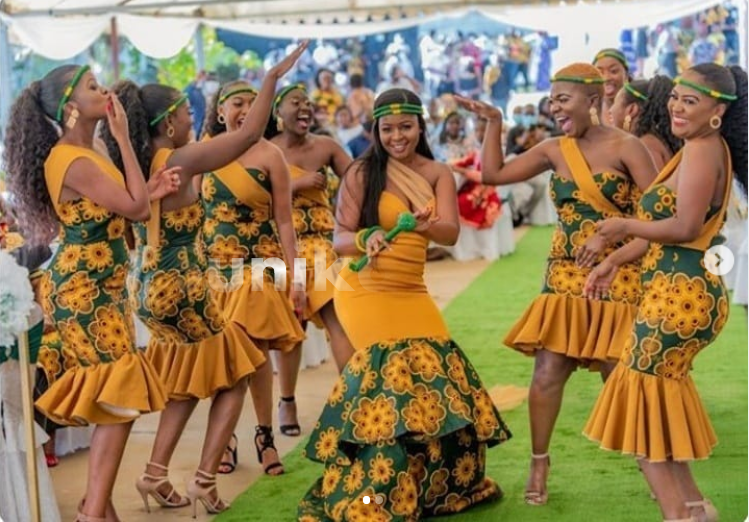
Culture is a term used to describe the beliefs, behaviors, customs, and values of a group of people. It can be manifested in various forms such as music, art, literature, religion, language, and even food. Culture is an essential aspect of human life, and its importance cannot be overstated.
One of the primary functions of culture is to provide a sense of identity and belonging to individuals. It allows people to connect with one another, share common experiences, and understand the world around them. Culture provides a framework for social interaction and helps to shape individual and collective attitudes, beliefs, and behaviors. It can also influence how people perceive themselves and others, shaping their attitudes and behaviors towards people from different cultures.
Culture plays a vital role in shaping individual and collective values. Values are the principles and beliefs that guide human behavior. They provide a sense of what is right and wrong, good and bad, and acceptable and unacceptable. Culture helps to establish these values and provides a foundation for moral and ethical behavior. For example, in some cultures, respect for elders and authority figures is considered essential, while in others, individualism and personal freedom are more valued.
Culture also plays a significant role in shaping economic development. It can influence how people approach work, entrepreneurship, and innovation. For example, in some cultures, individualism and competition are valued, leading to a focus on entrepreneurship and innovation. In contrast, in other cultures, collectivism and cooperation are more valued, leading to a focus on community development and social welfare.
Furthermore, culture is also important for preserving historical traditions and knowledge. It helps to transmit knowledge from one generation to the next and ensures that cultural heritage is not lost. This is particularly important for indigenous cultures, whose traditions and customs are often threatened by globalization and modernization.
What is Cultural Heritage?
Cultural heritage refers to the legacy of cultural artifacts, traditions, and practices that have been passed down from generation to generation within a particular community. It encompasses tangible and intangible aspects of culture and is an essential part of a community's identity and history.
Cultural heritage plays a vital role in preserving the history and identity of a community. Protecting cultural heritage requires a collective effort, involving government agencies, organizations, and communities themselves.
The preservation of cultural heritage is vital to maintaining a sense of connection to the past and ensuring that future generations can appreciate and understand their cultural roots. Cultural heritage can include anything from historical buildings and artifacts to music, dance, literature, and language.
One of the most significant challenges in preserving cultural heritage is the risk of losing cultural knowledge and traditions due to modernization, globalization, and environmental factors. When cultural heritage is lost, it not only erases the history of a community but also its sense of identity.
In addition to protecting tangible cultural heritage, it is equally essential to safeguard intangible cultural heritage. This includes practices, traditions, and customs that are not physically tangible, such as oral traditions, music, dance, and cuisine. These practices often hold significant cultural meaning and are passed down through generations, contributing to a community's identity and sense of belonging.
One example of intangible cultural heritage is traditional music. Music is an essential part of many cultures worldwide and is often used to communicate cultural values and beliefs. Traditional music can also provide insight into a community's history and can be used to educate future generations about their cultural roots.
Language is another critical aspect of cultural heritage. A language can represent a unique way of thinking and perceiving the world, and when a language dies, a community's cultural knowledge is lost with it. Language preservation efforts aim to maintain and promote endangered languages, often through community-based initiatives that involve language revitalization programs and language immersion schools.
In conclusion, culture is a critical aspect of human life that provides a sense of identity and belonging, shapes individual and collective values, influences economic development, and preserves historical traditions and knowledge. Understanding and respecting different cultures is essential for building bridges between people from different backgrounds and promoting diversity and inclusivity. It is only by appreciating and celebrating cultural diversity that we can create a more harmonious and peaceful world.











































